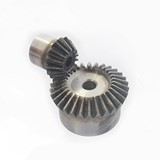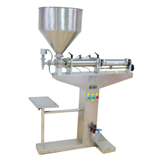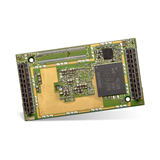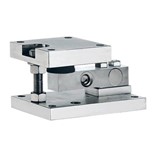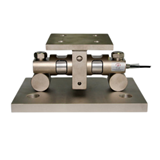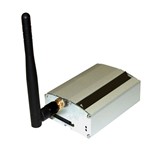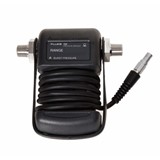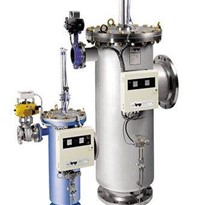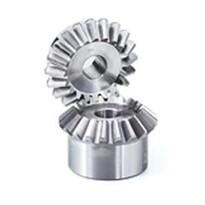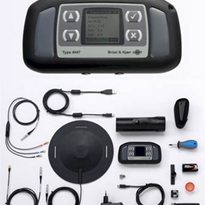From microdrives to microscopes to precision engineering, engineers around the world are building increasingly compact products. igus now produces microgears for them with modules as small as 0.2. Tooth dimensions are very close to those of a human hair. Thanks to high-performance plastics, the teeth still allow precise, low-wear movement for high-quality products.
When a photographer zooms his camera, a gearbox consisting of tiny gears spanning just a few millimetres moves inside the lens. Their teeth are much smaller and scarcely visible to the naked eye. "Such precision-engineering applications require microgears that are still strong and wear-resistant enough to operate reliably for years," says Steffen Schack, Head of Business Unit iglidur Gears at igus. "For this reason, we have optimised our production to mechanically manufacture microgears with a module as small as 0.2 from high-performance plastic." The company uses iglidur bar stock, including iglidur A180 and iglidur A500. These materials are tribologically optimised: not only are they robust, they also have very good friction and wear specifications. At the same time, they are much lighter than metal gears.
Teeth as fine as a human hair
With modules as small as 0.2, igus has further pushed the limits of its mechanical production. "The capability of manufacturing gear teeth that can hardly be seen with the naked eye sets us apart from many competitors on the market," says Schack. "Despite their size, the teeth have excellent mechanical specifications. They allow reliable, highly precise movements in precision engineering.
Economical pricing even for small quantities
igus now offers customer-specific production of microgears made of high-performance plastics. "Our mechanical production from iglidur bar stock allows economical pricing even for small quantities. We can produce large quantities with injection moulding - for automobile series production, for instance," says Schack. The gears are suitable for a wide range of applications that require finely coordinated movements in very small installation spaces, for instance microscopes and other optical instruments, miniature motors and microdrives.





